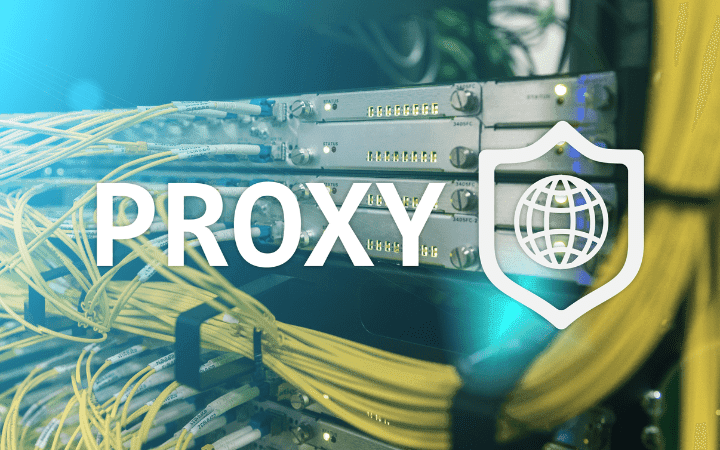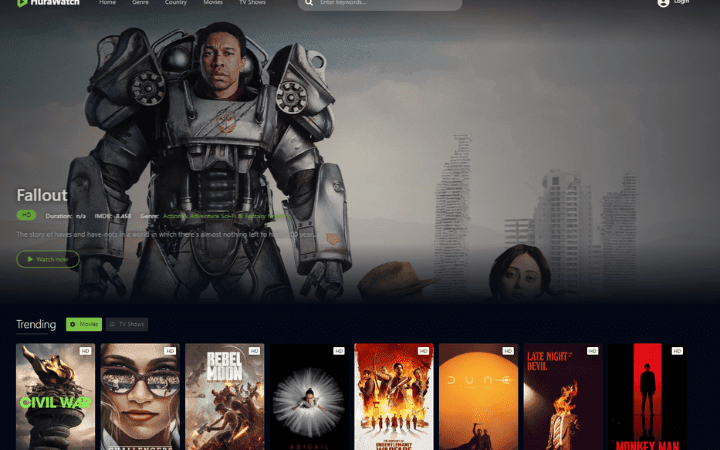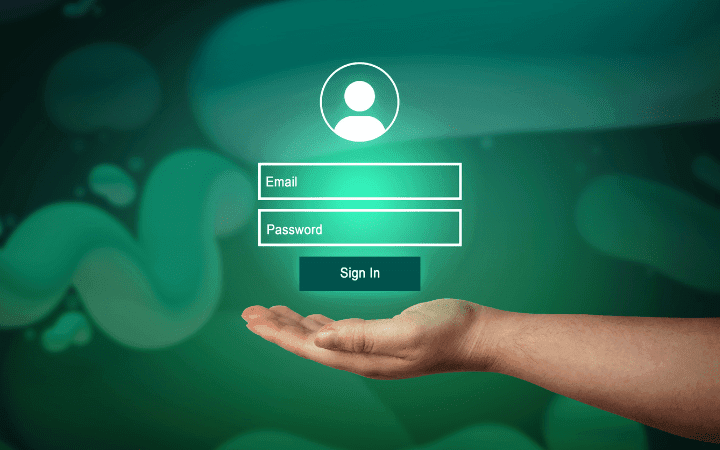How To Make Data Theft Proof?

Securing company buildings with locks and alarm systems is a matter of course but what about data theft? The business area goes beyond the analog scope and reaches into the digital space. A digital place where the entrance doors are sometimes particularly wide open is the cloud – but it has several entry and exit points.
Therefore, when a company moves its data and workloads to the cloud, it opens up significantly more avenues for hackers to penetrate. Thus, the challenge of protecting them is more significant than ever: In the current ” Cloud Security Report,” 76 percent of those surveyed stated that they use two or more clouds (compared to 62% in 2021) in their everyday work.
Consolidation Of Security Solutions Necessary
To understand how best to protect cloud assets, it helps to stay with the analogy of the door. Suppose every security door consists of several components that fit together. All the individual parts together form the structure of each door: hinges, handles, locks, bolts, and keys. The entry is only complete with one of these elements.
Now imagine the alarm system and all the doors installed by four or five contractors, each with their order form. This approach may reduce costs. But what if something goes wrong? Who do you call, and who guarantees that one provider does not blame the other?
The example should clarify: Using multiple cloud security products from different vendors is a path that leaves companies with an insecure architecture. This increases the total cost of ownership (TCO) and decreases the return on investment (ROI) as it complicates integration and automation between products from different vendors.
As a result, corporate security effectiveness decreases as more manual work is required. Cloud security is like the security door: every element of a security strategy must fit together and work with the other aspects. This principle should also be applied to Cloud security, where malicious attacks are thriving, doubling yearly, and becoming more sophisticated.
Hybrid Cloud Environments Versus Relocations
In a hybrid cloud environment, access should be direct, as the advanced and virtual security resides in the cloud. No backhaul connectivity is required for remote sites or users to other security gateways or data centers. It should use scalable virtual appliances in the cloud to extend the same granular and accurate security to all relevant clouds. This enables the best possible performance, scaling, and support. Protection can be spread across an entire enterprise with a single intelligent user console programmed with a standard policy.
This makes moving to the cloud easy, familiar, and less risky. Maintaining an overview often seems impossible when moving or expanding to the cloud. Changes in each cloud are multiplied by the number of clouds used and the focus on getting things right again and again. Using a tool that automates this governance across multiple clouds reduces risk and saves time. This way, the security situation can be evaluated, misconfigurations can be uncovered, and best practices can be enforced beyond the compliance framework.
Security Door, Gate, And Alarm At The Same Time
Building a secure cloud concept is an essential step in the first line of defense. That means first focusing on the critical elements of the current infrastructure landscape to find vulnerabilities. It is necessary to choose a cloud security platform that focuses on real-time prevention, automation, and unified management – including multi-layered protection mechanisms that are fully integrated and leave no gaps for attacks. To provide an initial orientation for securing cloud resources and eradicating vulnerable points, it helps to ask yourself the following questions:
- How transparent is the IT security of the network and cloud resources?
- How do users support or prevent a high-security standard?
- To what extent is integration possible with current protection?
- How can DevOps become DevSecOps without losing flexibility?
- Is it easy to apply and enforce consistent policies across all endpoints and users with different security products?
- Can a single portal be implemented for complete management?
The focus should not be on detection and containment but on prevention. A solution that protects data in the cloud should work like a virtual security door that sounds an alarm when danger is imminent. Whether it’s a hybrid cloud environment or a move to the cloud, with proper security control, a layered approach should be implemented and updates automated. This saves time, resources, and money, protects previously uncontrolled access points, and, above all, valuable company and personnel data.
Read Also: Identikit Of Digital Talents: How To Identify And Develop Skills






